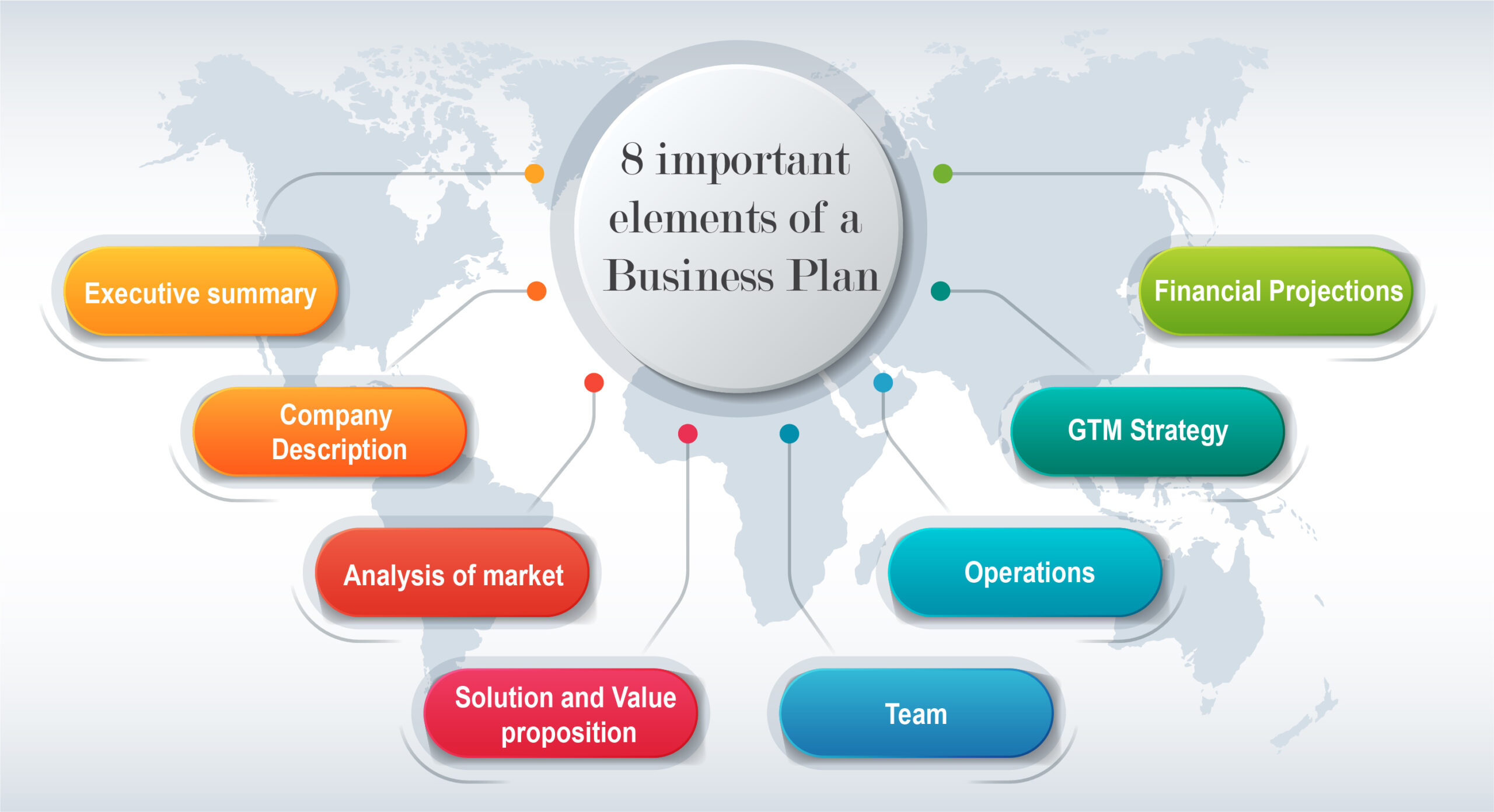
8 important elements of a Business Plan
Startup owners spend a lot of time in doing their business plan. This is to help them ideate with VCs on their business and get some funding to get a good start. A founder need to have some important elements in the business plan in order to convince the investor about the uniqueness of the business and the ability of the founder to make money not only for themselves but also to the investor. These eight elements of a successful business plan are:
- Executive Summary
The executive summary of the business plan will outline the summary of the entire business. This will include describing the business, the product, market, customers, financial highlights and the requirements. The executive summary should be half to one page in length. This should provide a quick reckoner who see the business plan and should make them understand the strengths within a few minutes.
- Company Description
This section describes your offerings in the market. This section highlights the potential needs of the market your solution can fulfil. This section highlights the buyer persona that the company plans to target and also highlights why the solution will be successful.
- Analysis of market
The analysis of market will give the investor a good idea on how much you are familiar with the market. This element should give a good idea about the market size, the competitors, the pricing and the promotional strategies.
- Solution and Value proposition
This section highlights the competitive solutions that are attempting to solve the same problem with the identified buyer persona. This section talks about the competitors’ strengths and weaknesses. This section should talk about how your solution is best equipped to solve the problems at scale. This section should also highlight how you will benefit the buyer persona.
- Team
Established products can be evaluated by a touch and feel. Established services can be evaluated by references and gut feel. A startup can be evaluated only by the founding team. This section should highlight the people behind the organization. This includes the founding members, advisors and should also include the founding team. This section should highlight why this team is the best suited for making this organization a successful one.
- Operations
This section highlights how the business will continue to function on an on-going basis. This section should highlight the various responsibilities of the management team, the tasks assigned to each one of those and the capital requirements and the on-going expenses related to the operations of the business,
- GTM Strategy
This section highlights the Go To Market strategy that include Marketing and Sales strategy. This section highlights how you plan to take your solution to your customers. This section talks about your market reach and market penetration strategies. This includes your distribution strategies and also a stable communication strategy.
- Financial projections
This section will highlight the cost structure, the revenue streams, the sales as of now and the financial projections. This section should also highlight the sources of funding you have sought as of now. You can back your projections with the recent financial statements. This will give a good idea to your investors on how realistic and optimistic your numbers are,
Conclusion
So, spending time on the business plan is an important aspect and this will help the startup founders to present a comprehensive picture in the eyes of the investors. This will give them a good idea of your strengths/weaknesses and they can get mentally ready to get into a conversation with you if they get interested in the investment.

